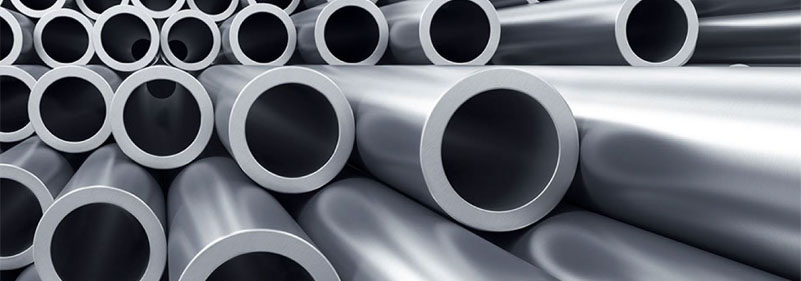Inconel alloy
From wikipedia
Inconel is a family of austenitic nickel-chromium-based superalloys.
Inconel alloys are oxidation-corrosion-resistant materials well suited for service in extreme environments subjected to pressure and heat. When heated, Inconel forms a thick, stable, passivating oxide layer protecting the surface from further attack. Inconel retains strength over a wide temperature range, attractive for high temperature applications where aluminum and steel would succumb to creep as a result of thermally induced crystal vacancies. Inconel’s high temperature strength is developed by solid solution strengthening or precipitation hardening, depending on the alloy.
Inconel alloys are typically used in high temperature applications. Common trade names for Inconel Alloy 625 include: Inconel 625, Chronin 625, Altemp 625, Haynes 625, Nickelvac 625 and Nicrofer 6020.
The Inconel family of alloys was first developed in the 1940s by research teams at Wiggin Alloys (Hereford, England), which has since been acquired by Special Metals Corporation, in support of the development of the Whittle jet engine.
Properties
Inconel alloys are oxidation- and corrosion-resistant materials well suited for service in extreme environments subjected to high pressure and kinetic energy. When heated, Inconel forms a thick and stable passivating oxide layer protecting the surface from further attack. Inconel retains strength over a wide temperature range, attractive for high-temperature applications where aluminium and steel would succumb to creep as a result of thermally induced crystal vacancies (see Arrhenius equation). Inconel's high temperature strength is developed by solid solution strengthening or precipitation strengthening, depending on the alloy. In age-hardening or precipitation-strengthening varieties, small amounts of niobium combine with nickel to form the intermetallic compound Ni3Nb or gamma double prime (γ''). Gamma prime forms small cubic crystals that inhibit slip and creep effectively at elevated temperatures. The formation of gamma-prime crystals increases over time, especially after three hours of a heat exposure of 850 °C, and continues to grow after 72 hours of exposure.
Machining
Inconel is a difficult metal to shape and machine using traditional techniques due to rapid work hardening. After the first machining pass, work hardening tends to plastically deform either the workpiece or the tool on subsequent passes. For this reason, age-hardened Inconels such as 718 are machined using an aggressive but slow cut with a hard tool, minimizing the number of passes required. Alternatively, the majority of the machining can be performed with the workpiece in a solutionized form, with only the final steps being performed after age hardening.
External threads are machined using a lathe to "single-point" the threads or by rolling the threads in the solution treated condition (for hardenable alloys) using a screw machine. Inconel 718 can also be roll-threaded after full aging by using induction heat to 1,300 °F (704 °C) without increasing the grain size. Holes with internal threads are made by threadmilling. Internal threads can also be formed using a sinker EDM (electrical discharge machining).
Cutting of a plate is often done with a waterjet cutter. New whisker-reinforced ceramic cutters are also used to machine nickel alloys. They remove material at a rate typically eight times faster than cemented carbide cutters. Apart from these methods, Inconel parts can also be manufactured by selective laser melting.
More often than machining, water-jet or laser, grinding is a preferred and economical method for forming Nickel alloy components to shape and finish. Due to the hardness of the abrasives used, the grinding wheels are not as affected by the material work hardening and remain sharp and durable.
Joining
Welding of some Inconel alloys (especially the gamma prime precipitation hardened family, e.g. Waspalloy and X-750) can be difficult due to cracking and microstructural segregation of alloying elements in the heat-affected zone. However, several alloys such as 625 and 718 have been designed to overcome these problems. The most common welding methods are gas tungsten arc welding and electron beam welding.


 English
English 中 文
中 文 Español
Español Português
Português Deutsch
Deutsch Türk
Türk Pусский
Pусский عربي
عربي 한국인
한국인 日本語
日本語
